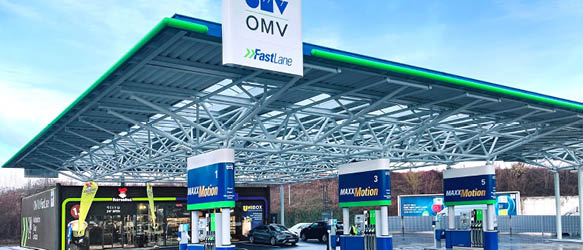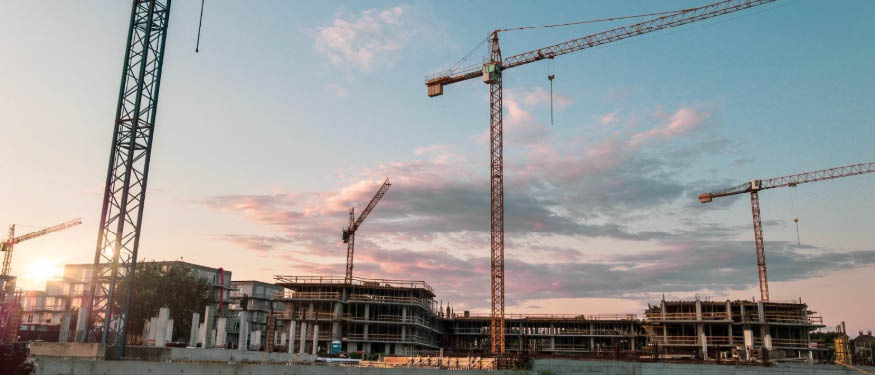Starting from 1 January 2025, Hungary moves to a fully electronic land registry system following many delays and the potential benefits are transformative. The push for this modernization began in the 2010s, spurred by the success of electronic property registration systems across Europe. Countries like Austria and the Czech Republic have been using electronic land registries since 2001, with Slovakia, Romania, Poland, and most recently Bulgaria following suit in 2021. While these countries maintain paper-based options, the shift toward digital processes has proven advantageous.
What Will the New System Bring?
- Accelerated Processing:
Imagine cutting through the red tape with ease. The new electronic land registry will make this a reality by requiring all applications to be submitted digitally. No more delays caused by manual paperwork - this streamlined approach promises quicker resolutions and a more efficient process overall.
- Automatic Decision-Making:
Gone are the days of waiting weeks for decisions. With automatic decision-making, the system will update ownership changes in the land register within 24 hours, all without human intervention. A safeguard allows clients to request a full procedure within five days, ensuring accuracy without sacrificing speed.
- Mandatory Legal Representation:
To ensure the integrity of the process, legal representation will be mandatory for all applications. Only specially trained and certified attorneys, in-house counsel, or notaries will be authorized to navigate this digital landscape, bringing a new level of professionalism and security to property transactions.
- Three-Dimensional Land Registry:
Say goodbye to the limitations of a flat, two-dimensional registry. The new system will introduce a three-dimensional representation, allowing for accurate mapping of properties that overlap vertically such as underground structures. This innovation will make the registry more precise and adaptable to complex property arrangements.
- Electronic Signatures:
One of the most significant innovations, and perhaps challenges, is the requirement for electronic signatures from all involved parties. These signatures can be executed through various methods, including electronic ID cards, authorized electronic signatures, or visits to a government gate office. While this step adds an extra layer of trust by ensuring secure authentication, it may take some time for individuals to become accustomed to the new process.
A Leap Forward for Hungary
The transition to an electronic land registry is more than just a technological upgrade – it’s a leap into the future. By modernizing property registration, land formation, land transactions, and agricultural land protection, Hungary is not only streamlining processes but also reducing costs and boosting its economic competitiveness. The new law maintains the 170-year tradition of thoroughness, documentation, and transparency while aligning the registry with the needs of the 21st century. This digital transformation promises a faster, more secure, and more efficient way of handling property transactions, positioning Hungary as a forward-thinking leader in land management.
By Denes Glavatity, Attorney at Law, KCG Partners Law Firm
















